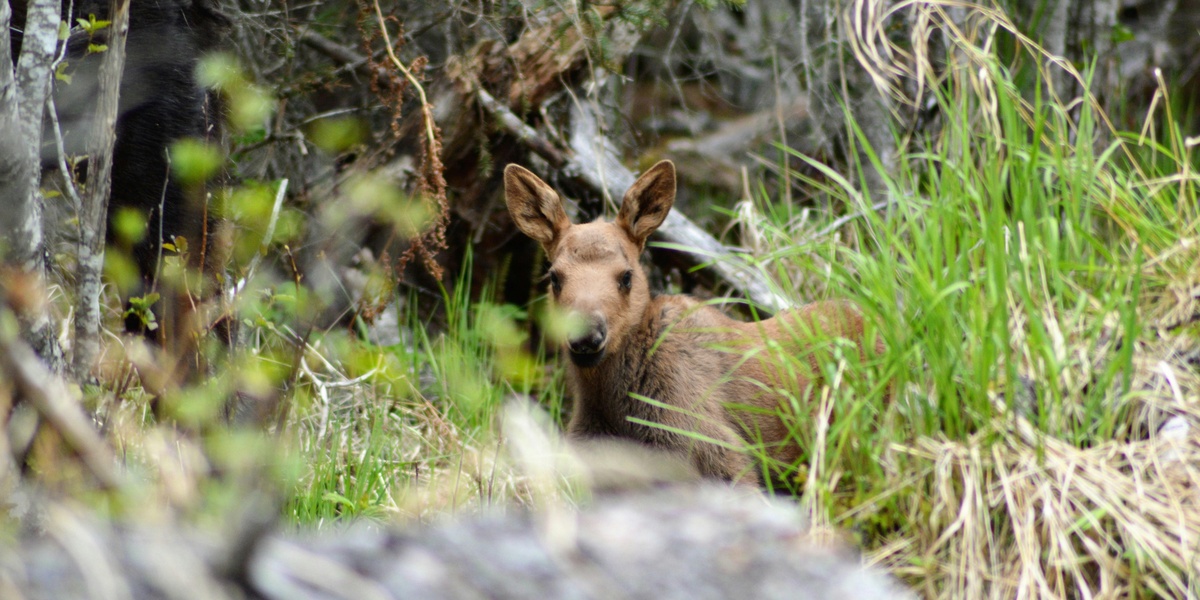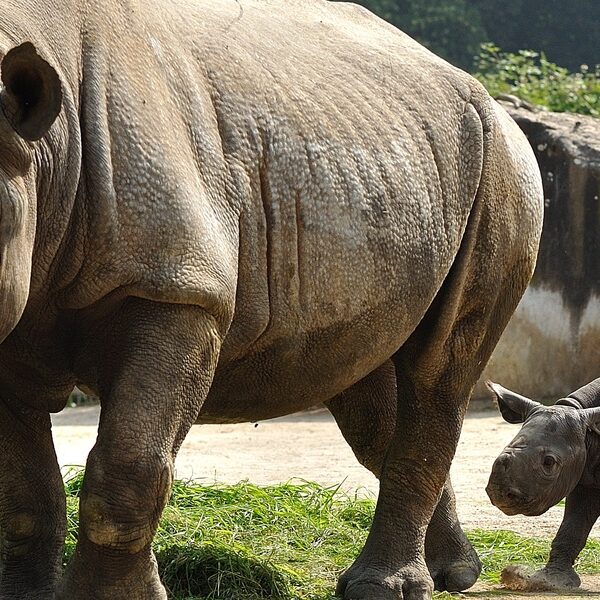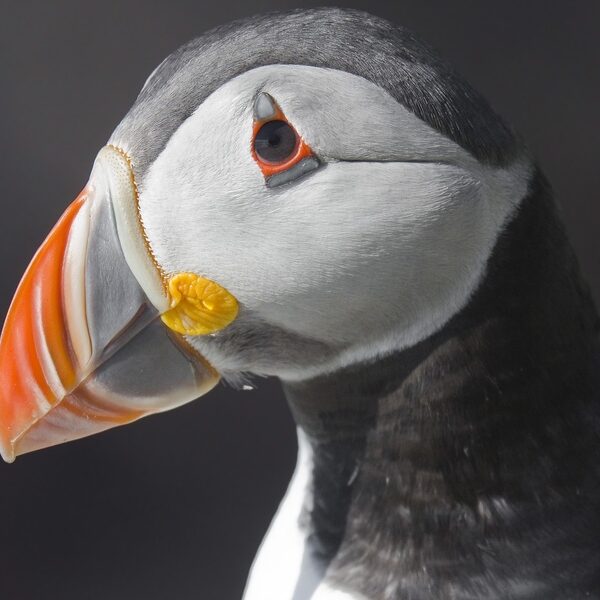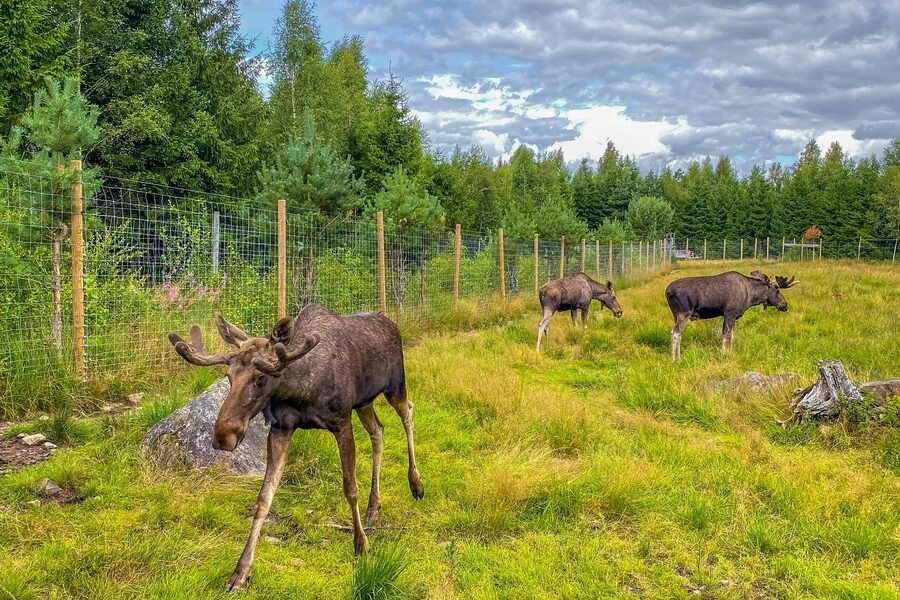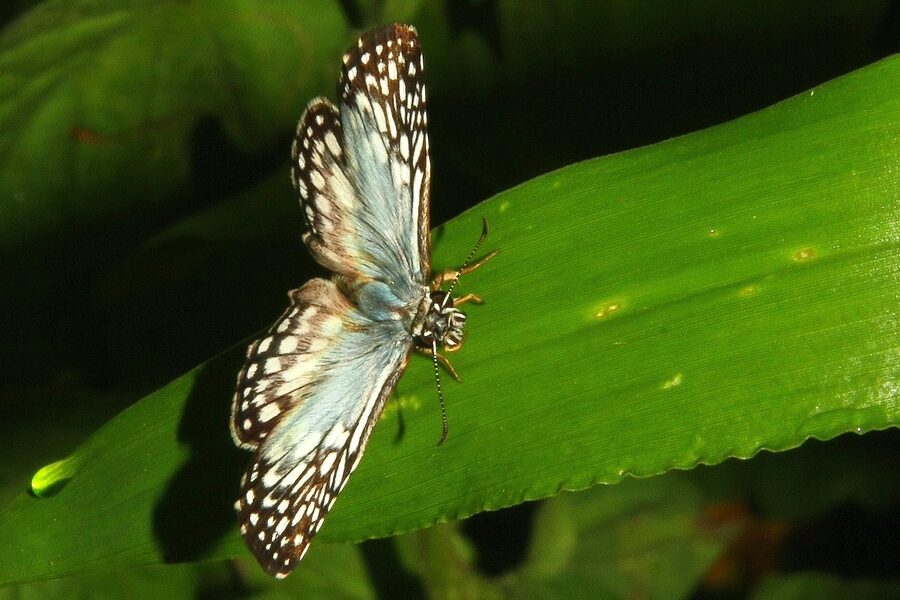Top 8 Impressive wildlife of latvia
Gauja National Park’s establishment in 1973 marked a turning point for protected habitat in Latvia, giving forests and rivers a legal refuge that helped native species rebound. Picture a morning mist lifting off a river valley in Gauja as a roe deer slips into the trees and a distant raptor wheels overhead. That scene matters: nature tourism brings people to small towns, species link to local culture, and healthy populations signal functioning ecosystems. Covering about 64,589 km² with roughly 52% forested land, Latvia’s mix of woodlands, bogs and a long coastline supports an outsized variety of large mammals and iconic birds. Below are eight standout species — what they do for ecosystems, how they’re faring, and where you can encounter or help protect them.
Big Carnivores and Large Mammals
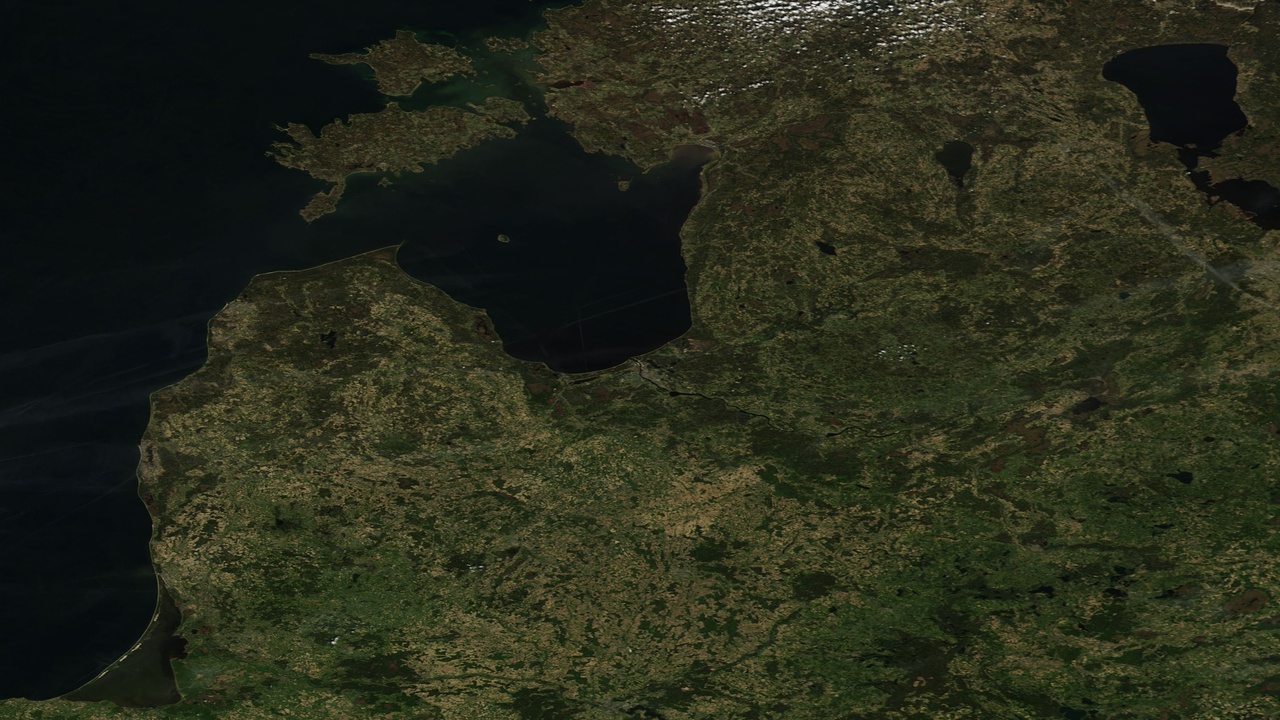
About half of Latvia is forest, and those woodlands sustain the country’s largest carnivores and ungulates. Protected areas — including four national parks (Gauja, Ķemeri, Slītere and Rāzna) — provide core habitat and corridors for wide-ranging species. Large predators regulate herbivore numbers, which in turn shapes forest regeneration; they also draw wildlife tourists and influence rural livelihoods where forestry and farming coexist with wild populations. The Nature Conservation Agency of Latvia and park authorities coordinate monitoring, conflict mitigation and visitor guidance to keep people and large animals safely apart while supporting local economies that benefit from wildlife watching.
1. Eurasian Brown Bear (Ursus arctos)
The Eurasian brown bear is Latvia’s largest terrestrial carnivore and an emblematic wild resident of mature forests. Bears are most frequently reported in wooded parts of eastern and central Latvia — notably in areas of Vidzeme and Latgale and in and around Gauja National Park — where they use extensive forest cover for denning and foraging.
Recent monitoring by the Latvian Nature Conservation Agency and regional conservation bodies provides population trend data; for authoritative figures consult their reports or IUCN assessments. Bears attract guided wildlife-watching tourism, especially in late summer and autumn when they bulk up on berries and nuts. Coexistence measures include electric fencing for apiaries, secured waste management near villages, and outreach by local operators to minimize attractants and reduce conflict.
2. Grey Wolf (Canis lupus)
The grey wolf is widespread yet elusive across Latvia’s forested landscapes, moving in packs with defined territories and long-distance dispersal. Wolves play a key ecological role by controlling deer and elk numbers, which helps maintain balanced vegetation and supports overall forest health.
Management combines monitoring by the State Forest Service and research projects with community measures: compensation schemes for livestock losses, targeted outreach to rural residents, and adaptive policies that aim to reduce conflict while maintaining viable wolf populations. Forest corridors across Kurzeme and Vidzeme are known routes for wolf movements; consult recent management plans or agency data for up-to-date figures on packs and distribution.
Elusive Felids and Giant Herbivores

This quieter group—solitary felids and large browsers—often signals forest quality. The Eurasian lynx and moose shape understory structure and wetland-forest edges, and both are central to hunting traditions and wildlife viewing. Monitoring projects, from camera-trap studies to harvest records, help managers set hunting quotas and conservation measures. For visitors, dawn and dusk at forest edges and bog-forest mosaics offer the best chances to glimpse these species, while managed hunting and regulated seasons provide income and population control when guided by monitoring data.
3. Eurasian Lynx (Lynx lynx)
The Eurasian lynx is Latvia’s secretive big cat and an indicator of mature forest. Lynx are solitary hunters that feed on roe deer and smaller mammals such as hares, and they leave distinctive tracks and scrapes that trained observers can detect.
Conservationists monitor lynx with camera traps and by collecting track records; several NGO and research groups run regional projects that welcome citizen science contributions. Lynx presence influences local hunting quotas and helps maintain balanced ungulate populations, benefiting forest regeneration and biodiversity.
4. Moose (Alces alces)
The moose is Latvia’s largest herbivore, commonly found near wetlands, rivers and bog-forest transitions where it browses aquatic plants, shoots and young trees. Calving occurs in spring and early summer, and seasonal movements bring moose into lowland wetlands where food and cover meet.
Moose are central to road-safety campaigns because collisions can spike in autumn; agencies promote signage and public awareness in high-risk corridors. Regulated hunting seasons, set by local authorities using monitoring data, balance population health with recreational and subsistence needs. For watchers, quiet dawn and dusk sessions along wetland edges raise your chances of a sighting.
Iconic Birds of Coastlines and Wetlands

Latvia’s long shoreline and extensive wetlands host many migratory and breeding birds, and birdwatchers record many hundreds of species each year across the country. Photographers and visitors often come specifically to see the wildlife of latvia along coasts and bogs, and monitoring by BirdLife Latvia and regional ornithological groups produces trend data that guides conservation efforts.
5. White-tailed Eagle (Haliaeetus albicilla)
>The white-tailed eagle is one of Latvia’s most dramatic birds, a large sea eagle that nests on coastal cliffs, islands and lakeshores and commands a wingspan that makes it unmistakable in flight.Populations in the Baltic region have shown recovery where protections curbed poisoning and where nests receive legal safeguarding. That recovery has made eagles a major draw for coastal ecotourism and wildlife photographers. Look for nesting pairs around coastal reserves and larger inland lakes during the breeding season; regional survey data from bird monitoring groups gives the best local counts.
6. Black Stork (Ciconia nigra)
The black stork is a more retiring relative of the white stork, preferring older forest stands with wet meadows and riparian corridors. They nest in tall trees, migrate long distances, and are sensitive to disturbance during the breeding season.
Because they depend on intact forest-wetland mosaics, black storks are useful indicators for forestry planning and wetland protection. Records from Ķemeri National Park and eastern wetlands show where observers are most likely to see breeding birds in spring and summer; local ornithological societies share seasonal counts and observation tips.
Wetland Engineers and Conservation Successes

Wetlands punch above their weight in Latvia, delivering water purification, carbon storage and flood attenuation while hosting rare species. Some animals actively create habitat — beavers being the classic example — while other large species, like the European bison, have been the focus of reintroduction and managed-herd initiatives in the Baltic region. These projects combine biodiversity gains with visitor experiences and local economic benefits when carefully planned and monitored.
7. European Beaver (Castor fiber)
The beaver is a keystone engineer that turns small streams into ponds and wetlands, increasing habitat complexity and benefiting birds, amphibians and fish. Dams slow water flow, trap sediment and create pools that raise local water tables — features valuable for biodiversity and flood mitigation.
Beaver activity sometimes conflicts with drainage or forestry, so managers use solutions like flow devices to control water levels and protect valuable trees. River restoration projects in bog-forest mosaics increasingly work with beaver activity rather than against it, producing richer birding and fishing spots and demonstrable ecosystem service gains.
8. European Bison (Bison bonasus)
The European bison symbolizes rewilding across parts of Europe; regional reintroduction and managed reserves in the Baltic states link Latvia into a broader conservation network. As a large browser, bison open up dense understory, creating a mosaic of open patches that benefits many plant and invertebrate species.
Managed herds support ecotourism and cultural heritage, but require careful planning — fencing, buffer zones and herd size controls — to avoid agricultural damage. Baltic initiatives coordinate genetics, veterinary care and visitor guidance so reintroductions bolster biodiversity without harming local livelihoods.
Summary
- Latvia’s landscape—about 64,589 km² with roughly 52% forest cover and four national parks—underpins a rich array of large mammals and birds.
- Protected areas such as Gauja (established 1973), Ķemeri, Slītere and Rāzna provide core habitat and corridors that support both recovery and sustainable tourism.
- Conservation successes combine monitoring (camera traps, BirdLife Latvia surveys), practical measures (electric fences, flow devices) and community programs (livestock compensation, visitor guidance).
- Species like bear, wolf, lynx, moose, white-tailed eagle, black stork, beaver and bison each play distinct ecological roles and offer ways for people to connect with nature.
- Support local groups (BirdLife Latvia, the Latvian Nature Conservation Agency and regional NGOs), visit parks responsibly, and contribute sightings to citizen-science projects to help sustain these species.
